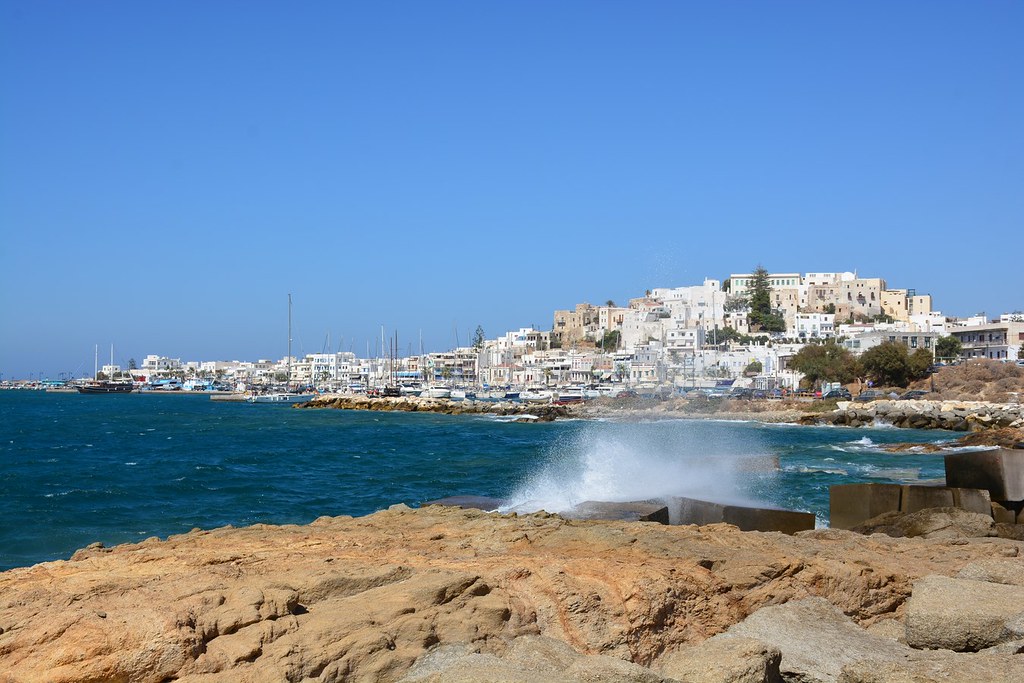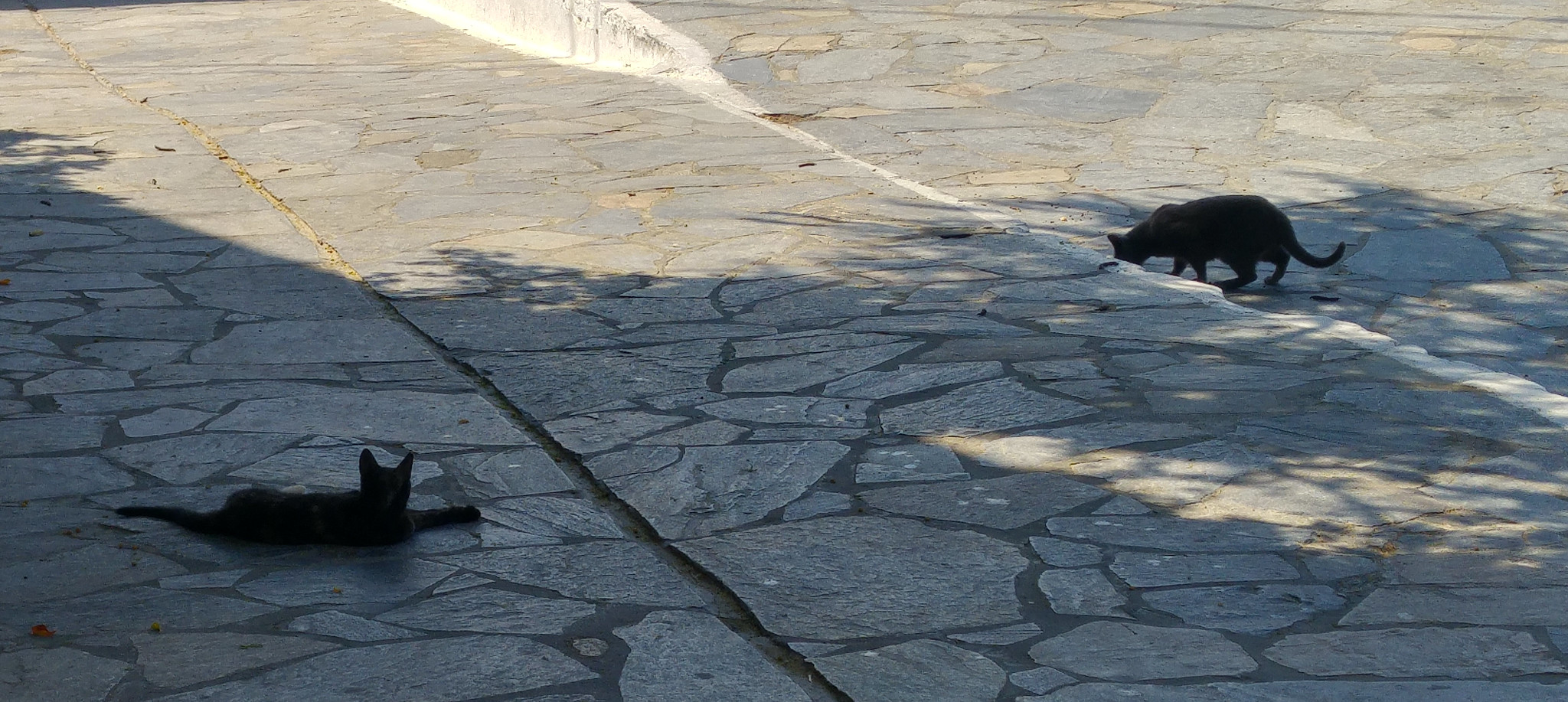10 Meetups About things to do on naxos You Should Attend
Naxos, the greatest of the Cycladic islands, is a lovely piece of land in the middle of Aegean Sea filled with history and worth to go to locations. Starting from island's capital with a range of museums and places of interest, you are transferring to the inland with the Venetian castles and the stunning ecological websites, as the cedar forest at the south part of the island of Naxos. A stroll in the island will make you confess that Naxos is a land full of gorgeous corners and stories from all centuries.
Naxos's capital points of historical interest
From your extremely entryway, at the harbor of the island of Naxos, a part of a temple, built during the sixth century BC, dedicated to the god of light Apollo welcomes you to the island and its long history. Portara, as it called is a big and outstanding stone issue that stands in the little island of Palatia and is the sign of the island.
In the capital of the island of Naxos we likewise find the Historical Museum with findings, from the excavations held throughout the island, originated from the fourth millennium BC to the 6th century. Museum is on the structure of the old Naval School of the island; a neoclassical constructed at the 17th century and it is located in capital's castle. The castle was constructed between 1204- 1537 by the Venetian inhabitants of the island. It has the formation of medieval castle city and has a special environment.
Latest addition to the sightseeing of the capital is the historical site of Grottas in the square of the Metropolitan church where excavations exposed a Mycenaean city that was here during 1300 BC.
Sightseeing in the inland of Naxos Island
First stop at the village of Apeiranthos where 3 museums, archeological, geological and the folklore museum are waiting to witness the long and various parts of Naxos's history.
Look for the Temple of Dionysus at Livadi, 10 km south of the capital, which used to be the sacred center of Naxos during the sixth century BC, and the Temple of Demeter at Sangri Town developed with white marble originated in the exact same century as the Temple of Dionysus.

Look for the Kouros (male statue) in the valley of Flerio made in the 7th century BC with the huge height of 6.3 meters. A comparable statue of a Kouros has been discovered embodied in the entrance of an ancient quarry at the town called Appolonas with a height of 10,45 meters. The archeologists are not definite if the statue signifies Apollo or Dionysus.
Hellenistic Period and Byzantine Era
A great deal of monoliths, such as castles and towers are experiencing the fact that Naxos was habited during the later Hellenistic duration and the Byzantine age. Among them is the Castle of Plaka beach, where the legend recommends that a wealthy queen with supernatural capabilities was living there. And there is the Castle of Cheimaros at the mountain of Za constructed between fourth and 3rd century BC. At last the Castle of Apaliros is constructed on the top of an edgy mountain during the Byzantine age.

Churches and Abbeys
As in every Greek island churches and abbeys are everywhere. The abbey of Fotodoti Christou (Light Offering Christ), located outside the town of Danakos, is among the most outstanding and representative abbeys of the island. Panagia Protothroni is a church constructed in between the 9th and 10th century BC at the town of Chalki and has extremely fascinating wall paintings. Panagia Ipsilotera is another impressive church that was a fortress throughout the 16th century. The abbey and naxos beaches the castle of Agias, at the north of the island is another intriguing sample of a combination of a church and a castle that people of Naxos had built and used for hoping and protection at the very same time.
Castles and Towers
Venetian inhabitants of the island left a series of castles and towers spread out in the island of Naxos. Developed with stones from the island in total consistency with the environment are creating beautiful images. The most crucial castles of Naxos are Bellonias, Gracia, Markopoliti, Fraggopoulou and Barotsi. Pick up photographs and to feel the medieval history of the island.
Natural Marvels
Amongst the plenty of archeological sites, churches and castles, Naxos has some ecological corners that are very fascinating. One of these is the cedar forest, at the south part of the island, at Pyrgaki area, which is the only cedar forest of the Aegean Sea. Sandy, little hills with bushes of cedars are developing a magical and special natural surroundings that will remember forever. Near the Cedar Forrest, Finikas Hotel deal unique lodging in its properties. Combine the solitude of the area, with the facilities of Finikas Hotel and question to all the above exquisite sightseeing proposals in an island loaded with history and appeal.
There are around thirty towers still making it through in Naxos, the majority of which were developed by the Venetians after 1600 in order to strengthen the island against pirate raids however likewise to enforce their guideline onto the residents. There are also monastery-towers constructed by the locals in order to safeguard their rights against the Venetians. Both types of tower have a protective character. There are likewise some towers that were used by the Venetians as nation residences, which do not have a protective character.
Each tower is surrounded by a wall that confines the courtyard and the auxiliary buildings. Large storage areas were likewise needed in order to keep the fruits of Naxos' rich, fertile earth and likewise for usage as stables.
There was frequently a wine-press in the auxiliary buildings. As these towers were intended to house the Frankish conquerors one might expect that they would be integrated in a western style. The truth, nevertheless, that they were constructed by local craftsmens resulted in a mix of Cycladic and western architecture, and this is specifically apparent in the design.
Typical features of the Naxiot house - the large reception room and living room on the upper floor, the storage locations and the auxiliary spaces on the lower flooring - are all maintained in the towers, the distinction being that they are topped more floors. The lower floor, the 'katoi' is taken up entirely by the auxiliary rooms, which are large in size, and storage-rooms for foods items. The harvests were saved in these, specifically during periods of drought and the long sieges. Communication in between the katoi and the upper floor was via a hatch-door and a wooden or stone staircase from the outdoors whilst inside the tower there was a stone staircase which resulted in the veranda of the very first floor, where the main entryway to the tower was.
It is likewise interesting to note that in some towers the stairway did not go all the method as much as the entryway but stopped a reasonable distance listed below. Access was then continued through a wooden platform or bridge which was raised whenever raiders threatened the security of the structure.

Western influence is mainly obvious in the layout, which now followed the pre-determined plan of a confined rectangular shape with balanced lines of axis. The design of the entryway to the tower is now particularly official and the western element is particularly highlighted in features such as the ramparts from which boiling oil was poured. The geometric schema is made specifically pronounced by the lack of irregular extensions and the fagades were not whitewashed, something that would have offered a sense of lightness and joy. In general, all the towers have either the colour of the stone or the earth and bond harmonically with the natural surroundings. An experienced eye can trace a sense of balance along the width and the height. The only decorative components are the doors and windows.